
The secret to talking about your free offer so the right people say “Yes, I need this!”
Let’s be real for a second.
You created a freebie—maybe a checklist, a guide, a template, or a mini training.
You know it’s helpful. You spent time making it look nice.
You posted the link a few times.
And... crickets. 😕
You know it’s helpful. You spent time making it look nice.
You posted the link a few times.
And... crickets. 😕
You might be wondering:
- “Why isn’t anyone signing up?”
- “Do I need a different freebie?”
- “What am I doing wrong?”
Most of the time, the problem isn’t the freebie.
The problem is how you’re talking about it.
The problem is how you’re talking about it.
In this post, I’m going to show you how to explain your freebie in a way that makes the right people feel like it was made just for them.
When you get this right, people won’t just “sign up”—they’ll be excited to.
First, Let’s Talk About Why People Sign Up for Freebies
People don’t sign up because you have a free PDF.
They sign up because they want:
They sign up because they want:
- A solution to a problem
- Relief from something that’s stressing them out
- A shortcut to save time or avoid mistakes
- A small win that gets them closer to their big goal
Your job is to make that transformation crystal clear.
Not just “what it is” but:
Not just “what it is” but:
- Who it’s for
- What it helps them do
- How they’ll feel after
- Why it’s worth their email address
Example: The “So What?” Test
Let’s say your freebie is called:
“The Instagram Caption Starter Pack”
Okay… but so what?
You need to answer these questions:
- What problem does this solve?
- What happens if they don’t get it?
- What result or feeling will they have after using it?
Now let’s rewrite it with value-focused language:
✨ “Tired of staring at a blinking cursor every time you sit down to post?
This free starter pack gives you 15 plug-and-play Instagram captions—so you can stop guessing and start connecting with the people who actually want what you offer.”
This free starter pack gives you 15 plug-and-play Instagram captions—so you can stop guessing and start connecting with the people who actually want what you offer.”
^ That shows the pain point (staring at the screen), the solution (ready-to-go captions), and the result (connect with ideal clients).
Step 1: Be Super Clear About Who It’s For
People will scroll right past your freebie if they don’t know it’s for them.
Don’t say:
“Grab my free guide to grow online!”
“Grab my free guide to grow online!”
Do say:
“Made for brand new business owners who don’t know what to post online—this free guide will help you plan 30 days of content that attracts your dream clients.”
“Made for brand new business owners who don’t know what to post online—this free guide will help you plan 30 days of content that attracts your dream clients.”
🔑 Be specific. Use the same words your dream client would use. If your freebie is for beginner moms starting a business, say that. If it’s for wellness coaches building a website, say that.
Step 2: Talk About the Problem It Solves
People don’t want freebies.
They want solutions. They want to feel less stuck, less confused, less overwhelmed.
They want solutions. They want to feel less stuck, less confused, less overwhelmed.
Paint the picture of their current struggle:
- “Feeling lost when it comes to writing your website?”
- “Not sure what to say in your first email?”
- “Tired of posting and getting zero likes?”
Now position your freebie as the answer.
Example:
“This free Website Starter Checklist walks you through exactly what to include on each page—so you’re not stuck staring at a blank screen wondering where to start.”
That’s what makes someone think: “Yes. That’s me. I need that.”
Step 3: Show Them What They’ll Learn or Do
A good freebie promises a small, clear win.
Think:
- Learn how to ______
- Get clarity on ______
- Save time doing ______
- Avoid the mistake of ______
- Feel confident about ______
Examples:
- “Learn the 5 must-have sections every homepage needs to book more clients”
- “Plan your first 10 Pinterest pins in under 30 minutes”
- “Write a killer bio that makes people want to follow and hire you”
You’re giving a taste of what it’s like to work with you—and showing that you’re here to help.
Step 4: Describe the After Feeling
What will life look or feel like after they use your freebie?
People make decisions based on emotion. So don’t just focus on facts—help them imagine the transformation.
Examples:
- “So you can finally stop second-guessing every Instagram post”
- “So you can launch your website without the tech headache”
- “So you can start showing up confidently in your business—even if you’re just getting started”
This is where connection happens. They see themselves in the story—and feel excited to take that next step.
Step 5: Talk About It Often (Not Just Once)
Saying “Get my free thing here!” once on Instagram and never again?
Yeah… that won’t work.
Yeah… that won’t work.
People need to see your freebie multiple times before they sign up. And each time, you can focus on a different angle:
- One post can highlight the problem
- Another can show what’s inside
- Another can share a quick tip from the freebie
- Another can include a testimonial from someone who used it
Bonus tip: Make a few Pinterest pins that link to your freebie landing page using keyword-rich titles like:
- “Free website checklist for new business owners”
- “How to write your homepage (free download)”
- “Free content planner for beginner coaches”
Recap: How to Get People to Want Your Freebie
To make your free offer irresistible, be sure to:
- Say who it’s for
- Talk about the problem it solves
- Share what they’ll learn or get
- Describe how they’ll feel after
- Promote it more than once—in different ways
This builds real desire and trust, not just a quick “grab this free thing” message.
Because at the end of the day, you’re not just giving away a PDF.
You’re offering clarity. Support. Relief. Encouragement. A solution.
You’re offering clarity. Support. Relief. Encouragement. A solution.
And that is what people truly want.
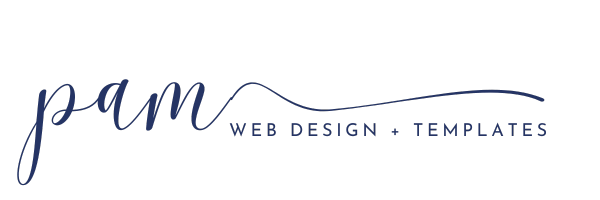




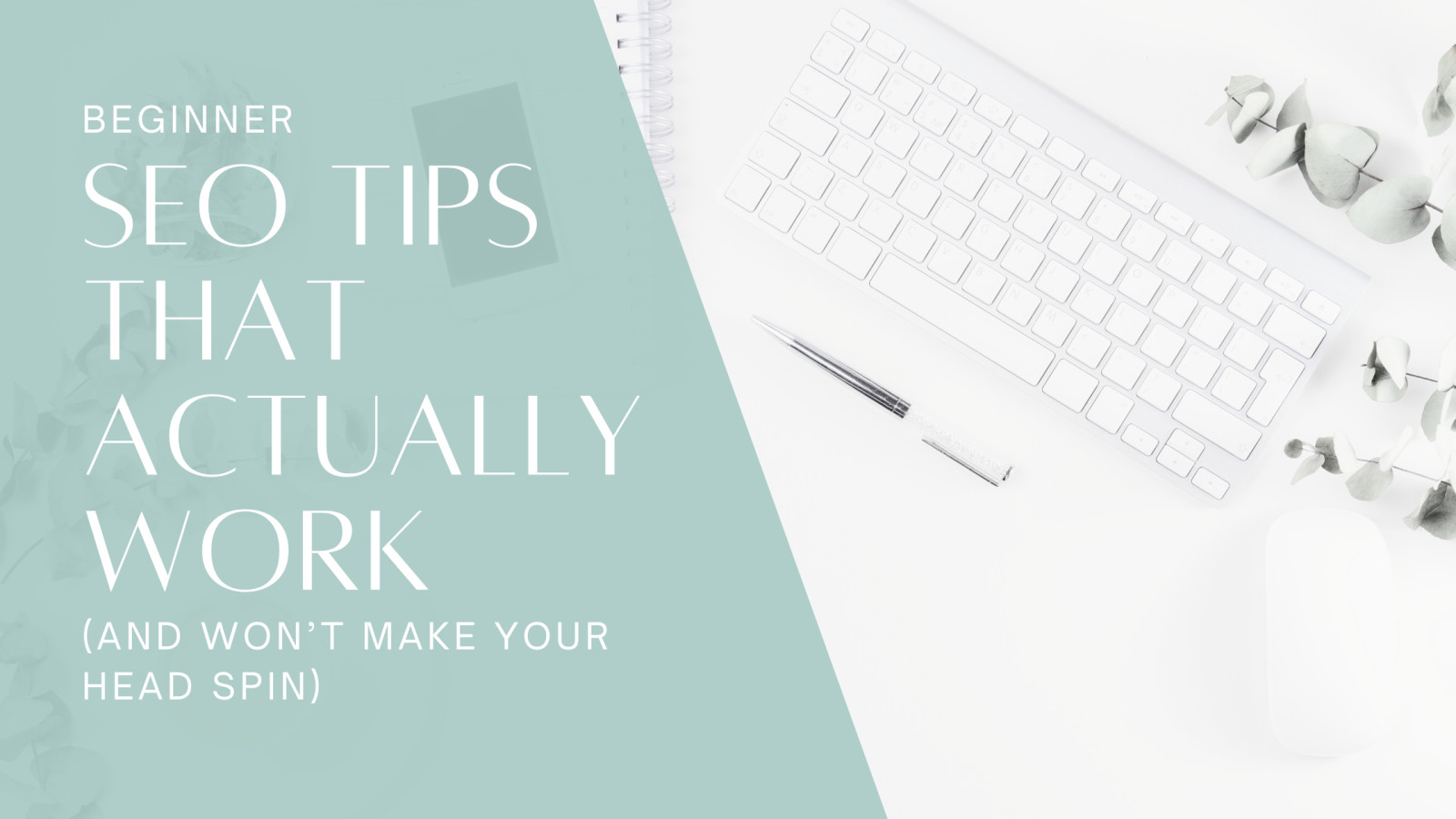
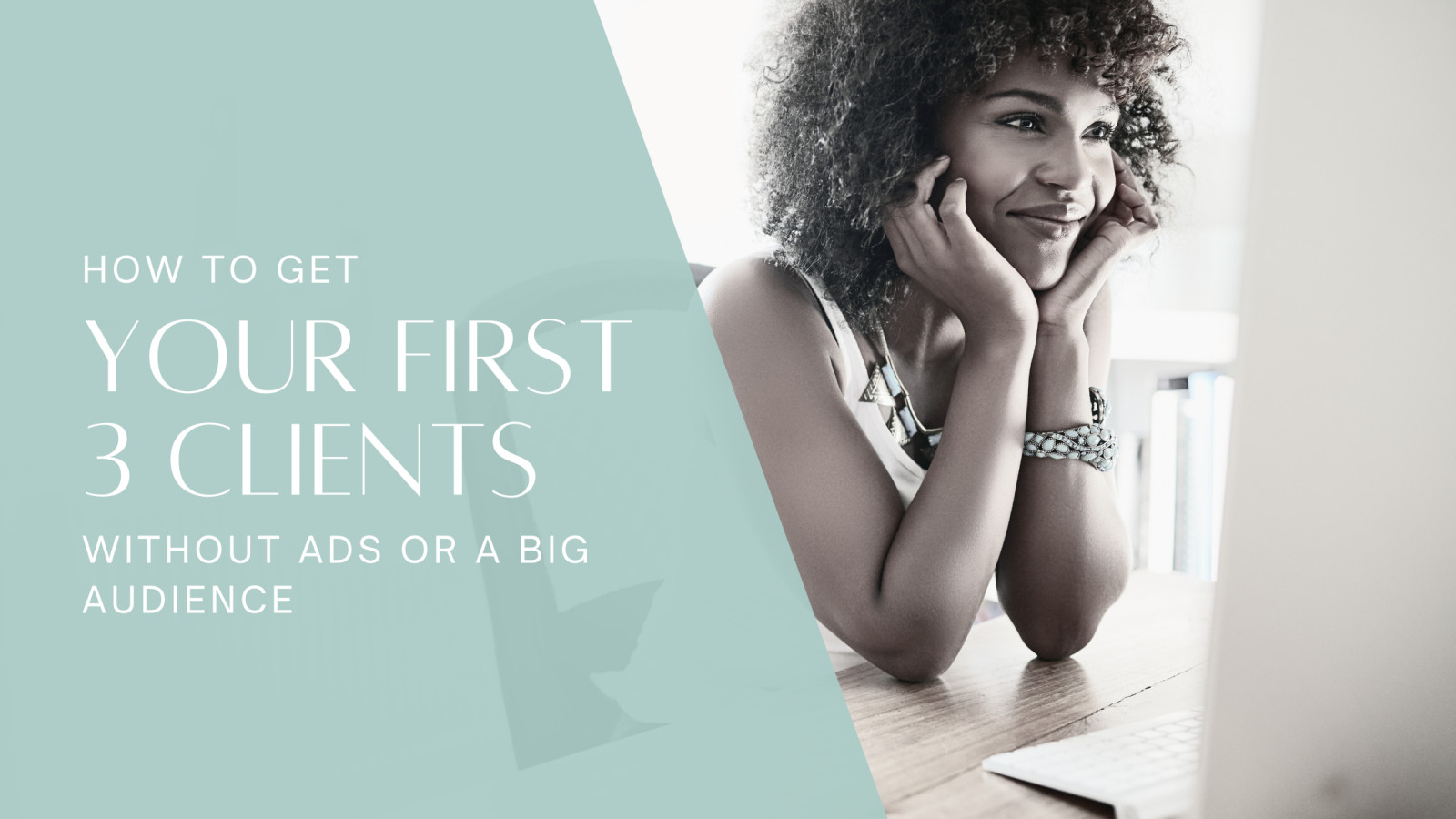
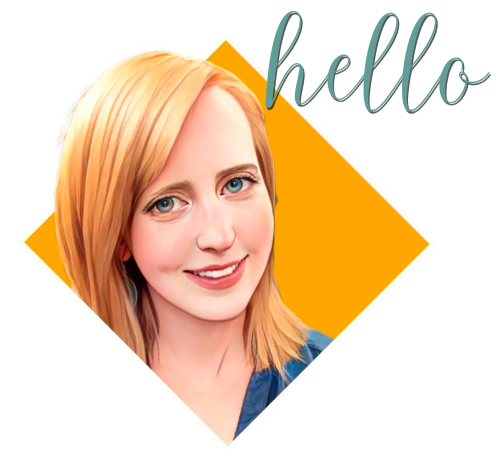
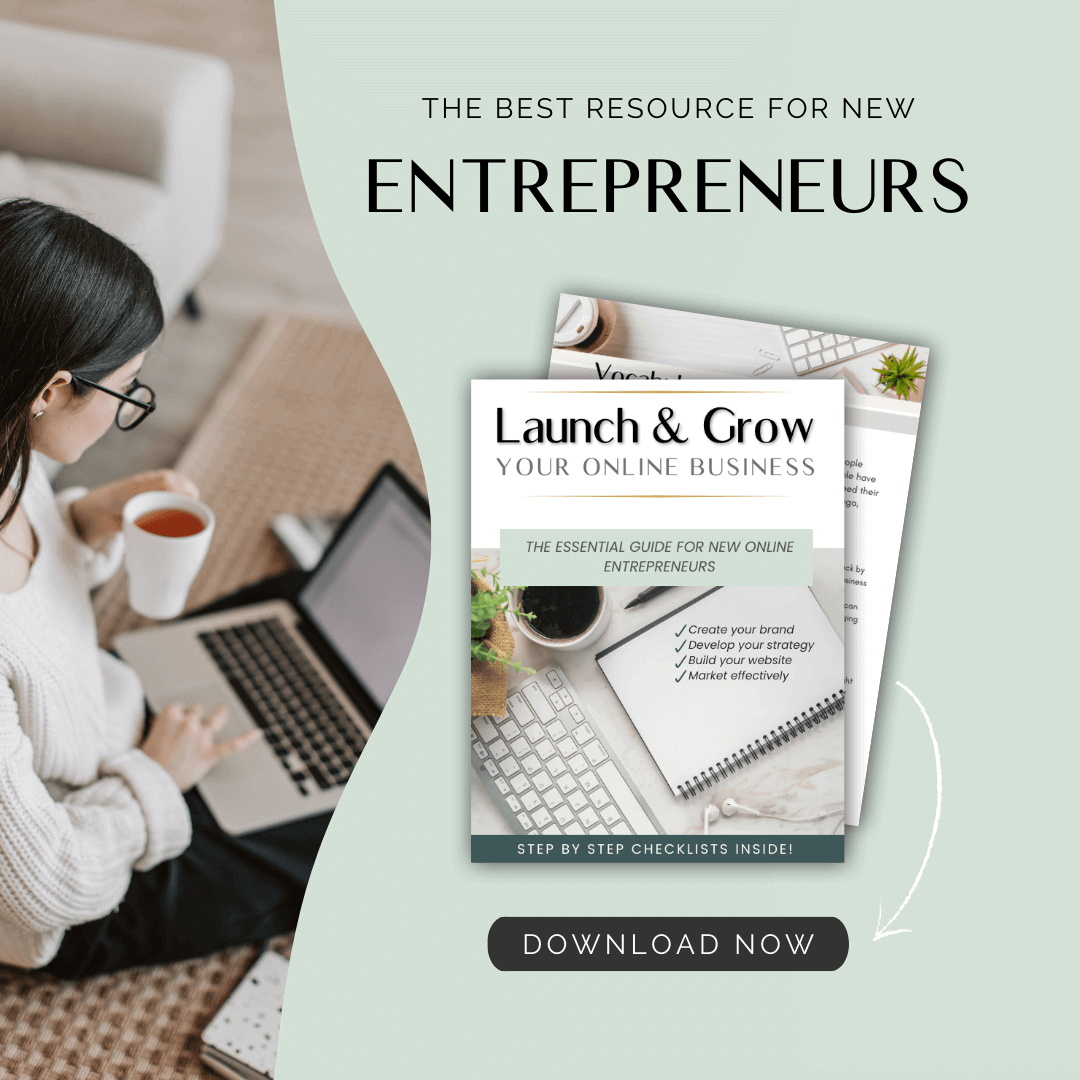
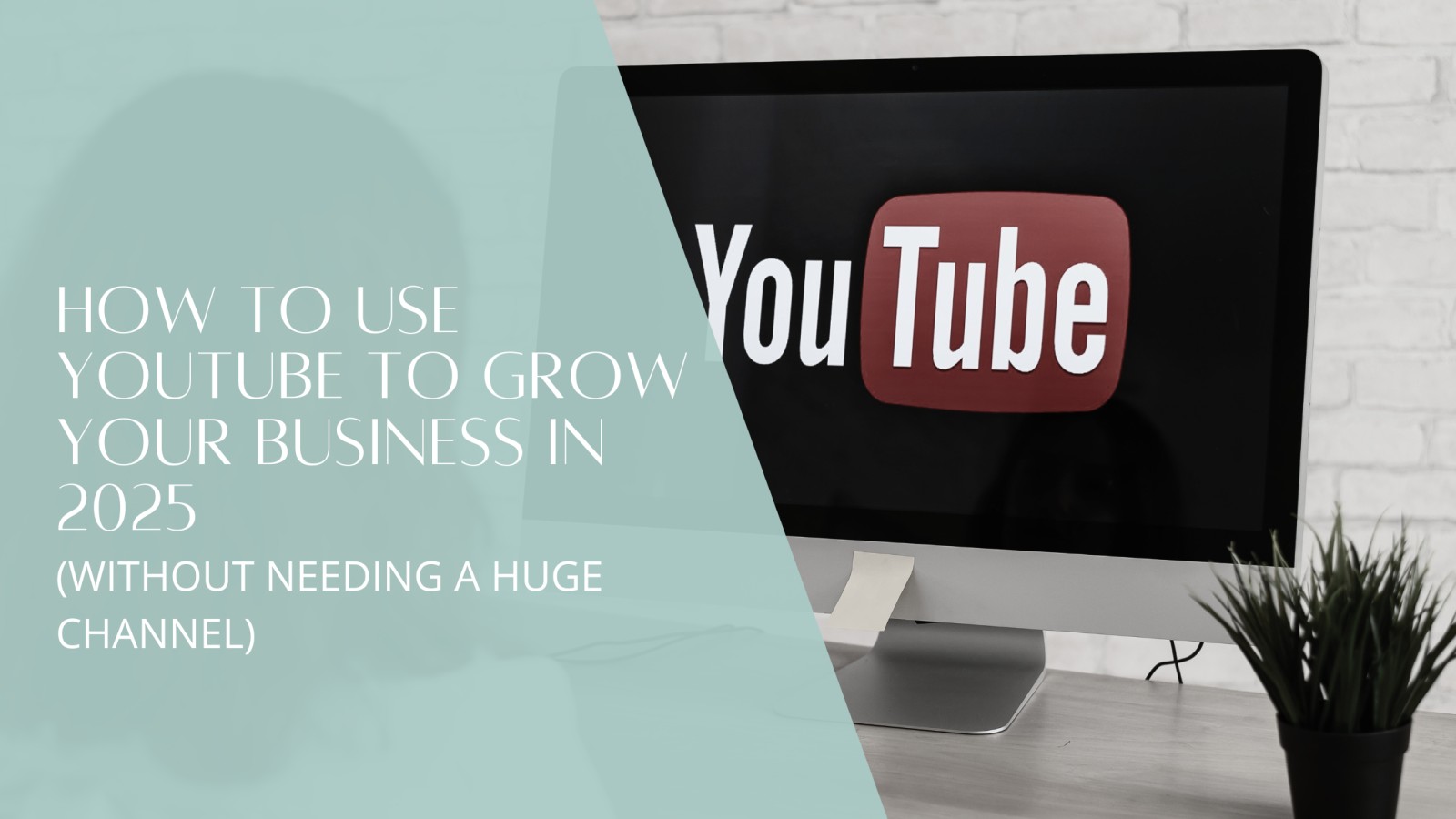
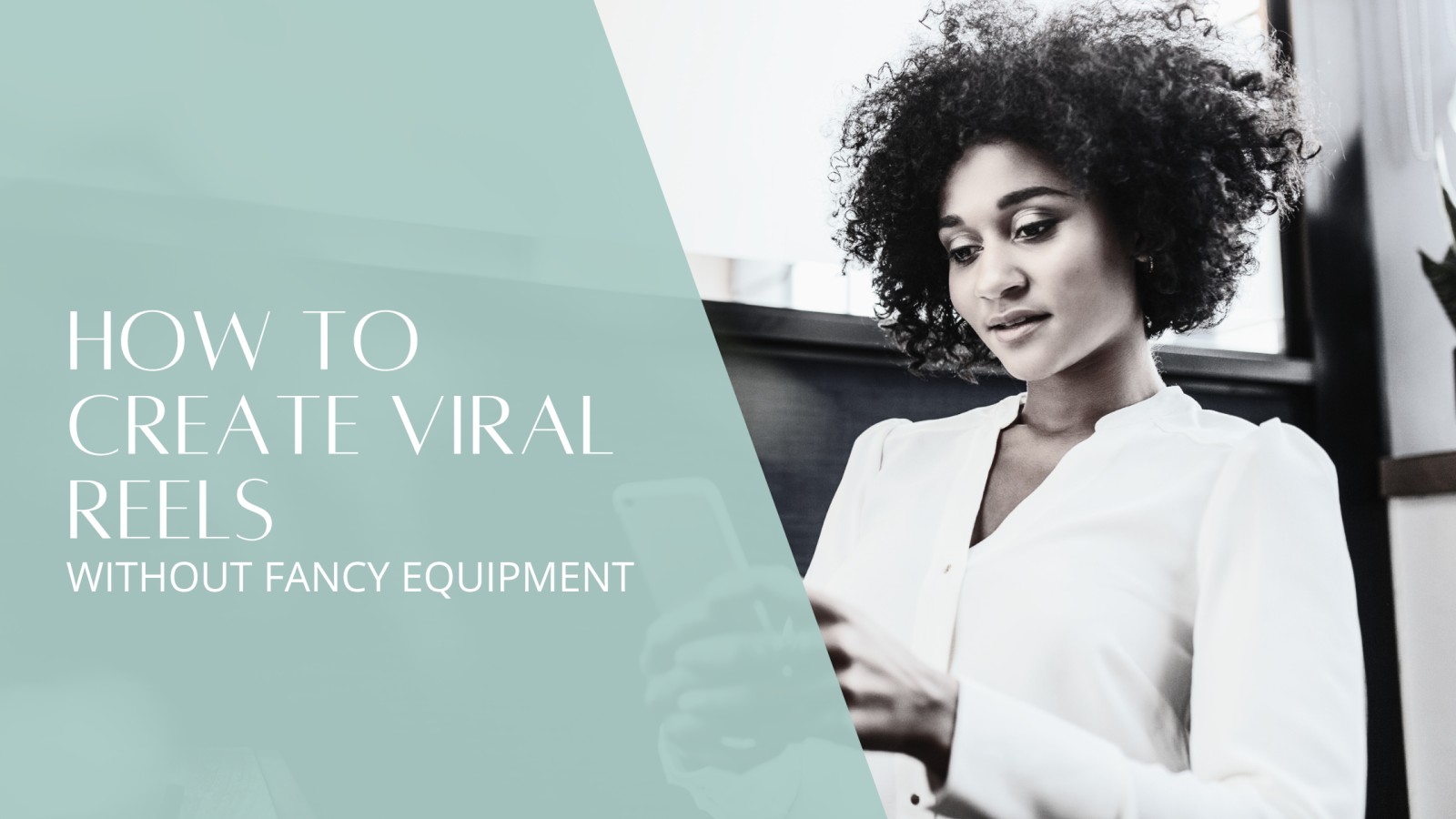

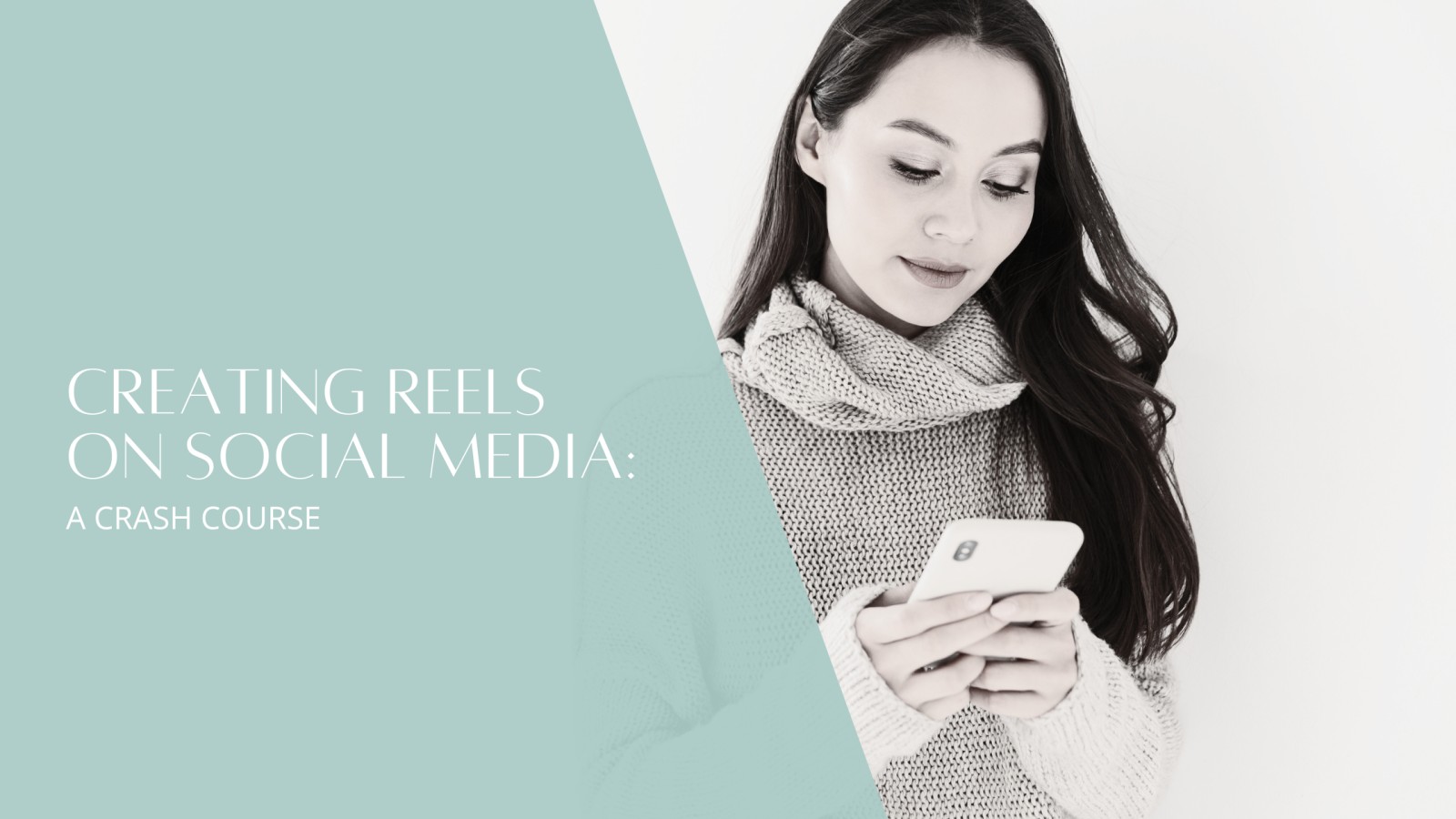

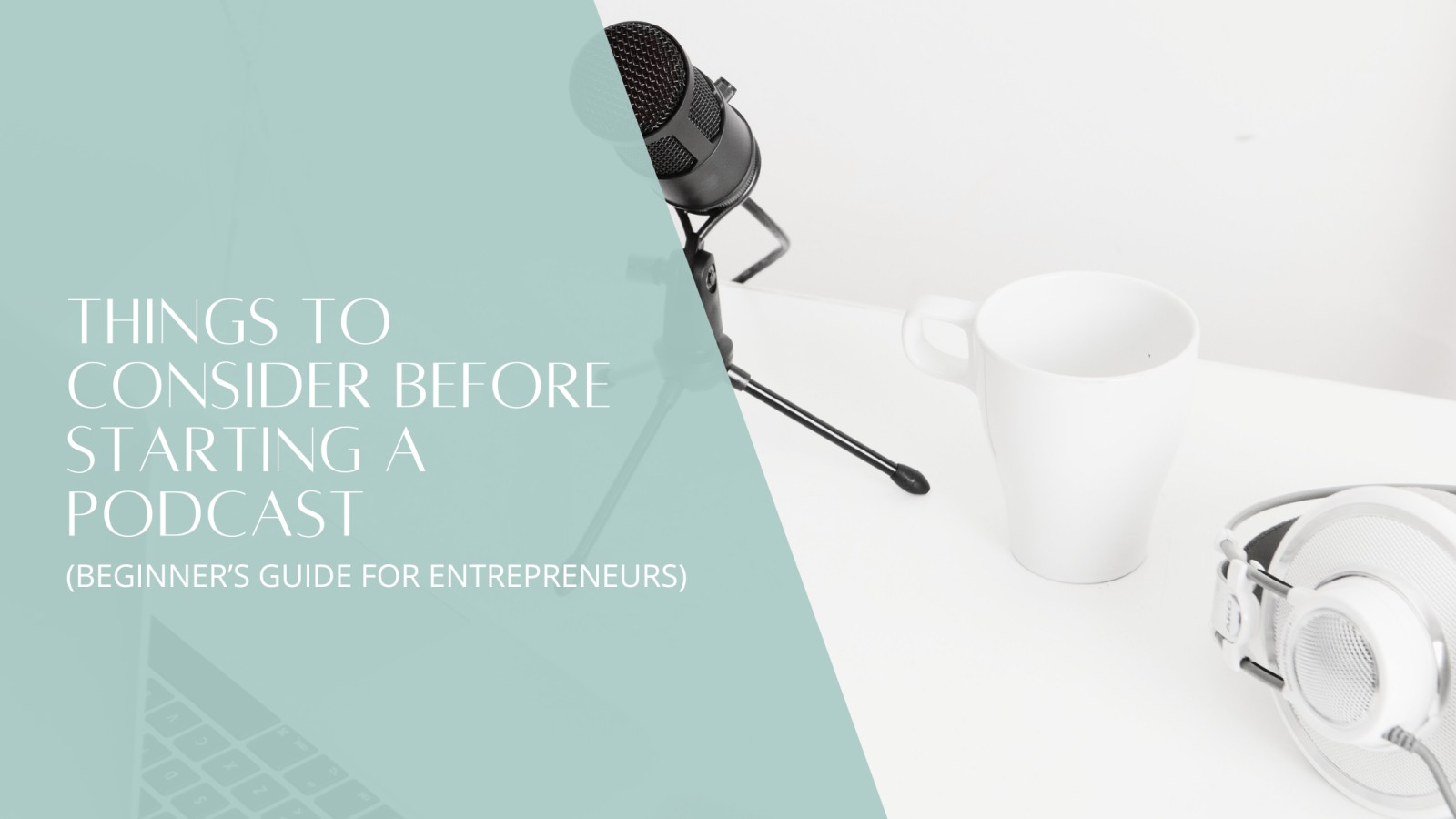
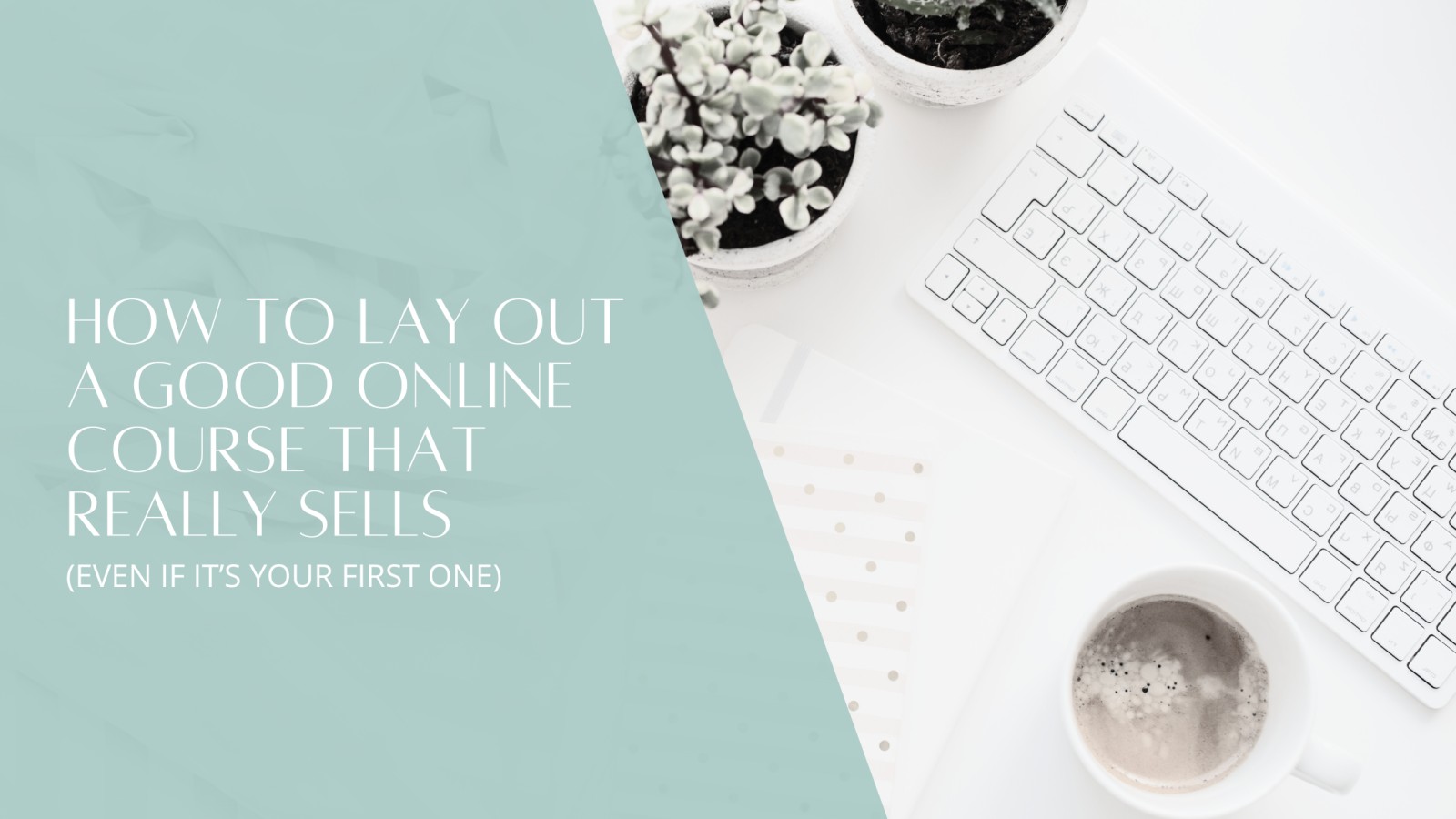

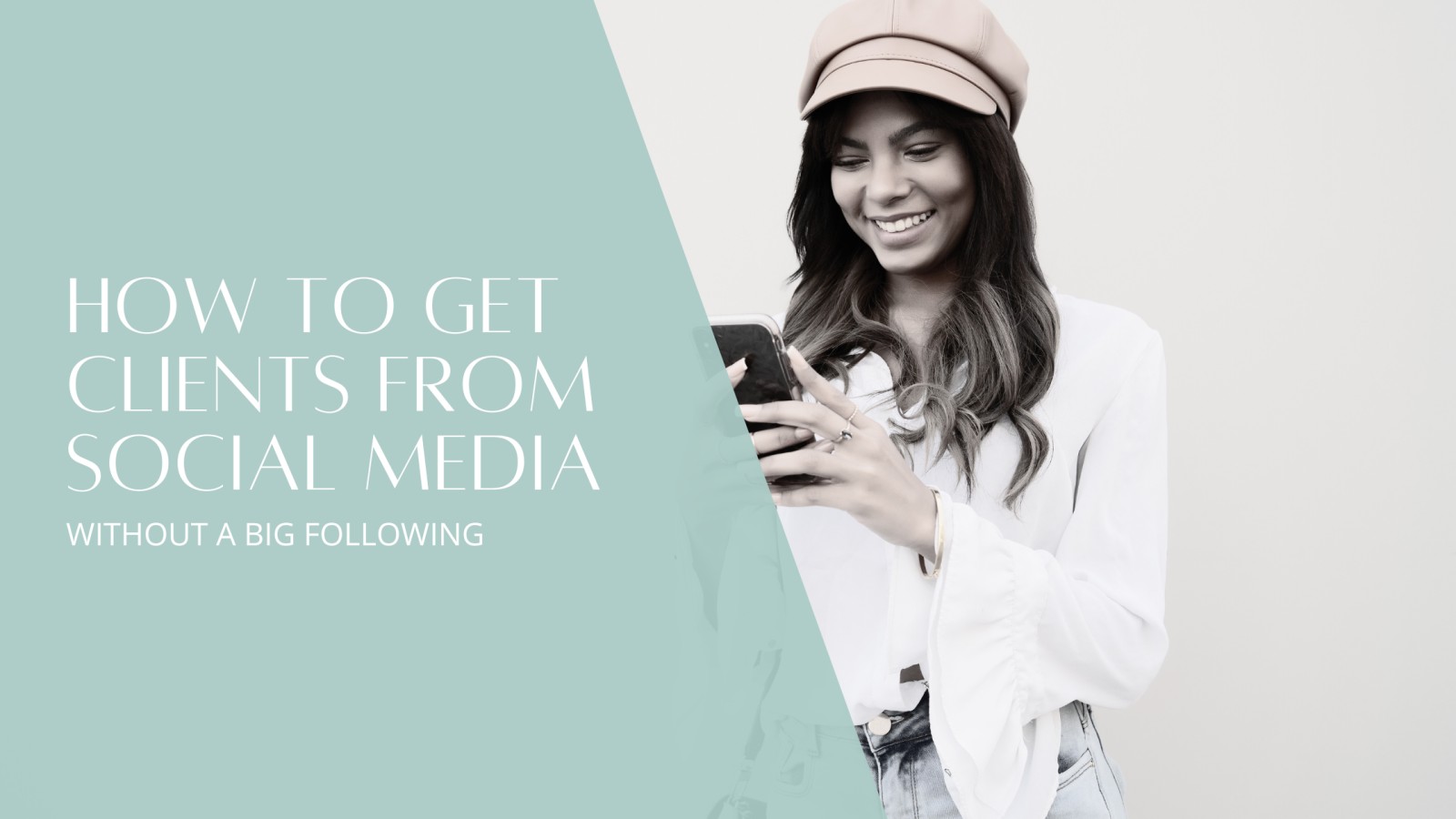
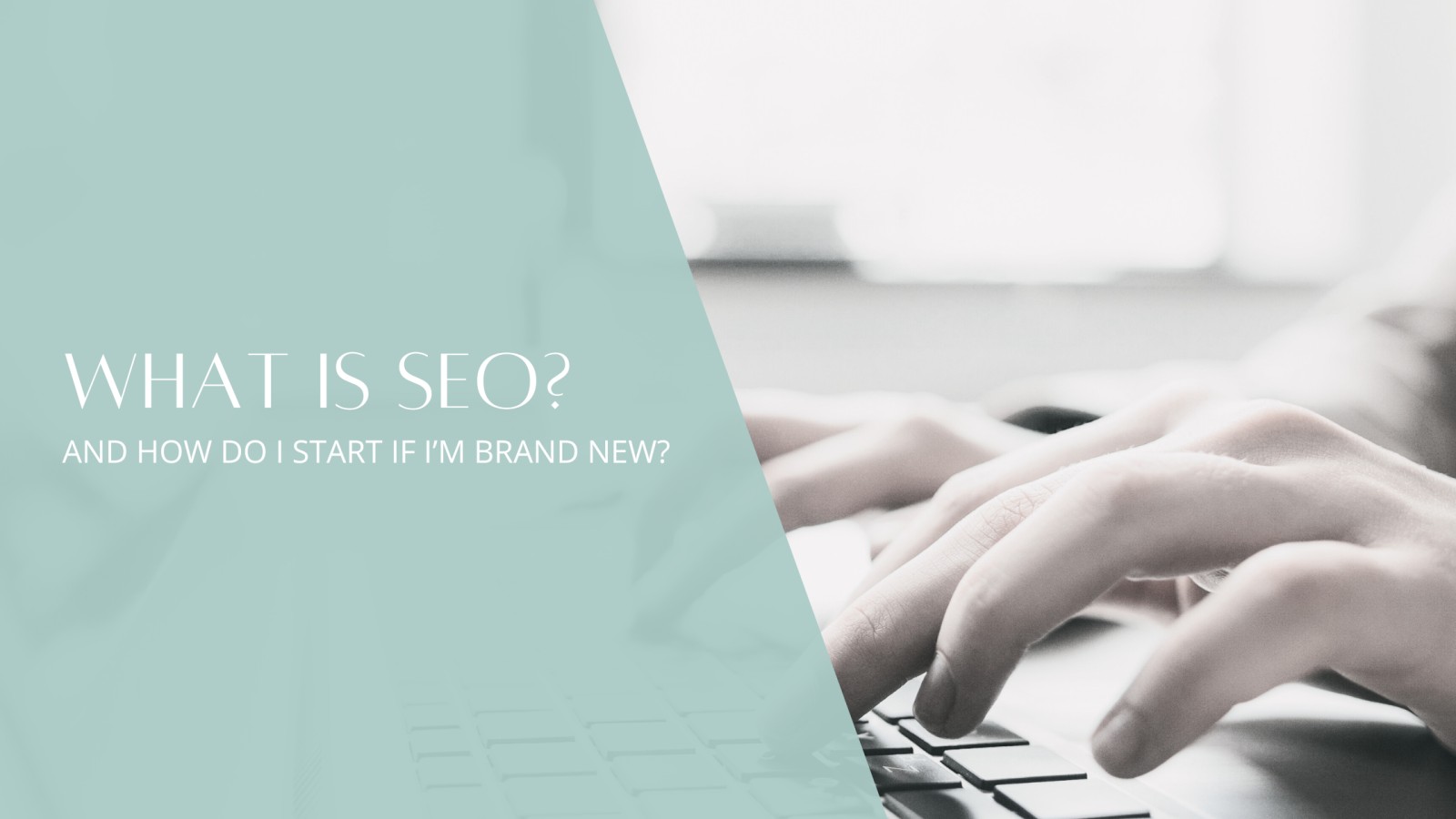
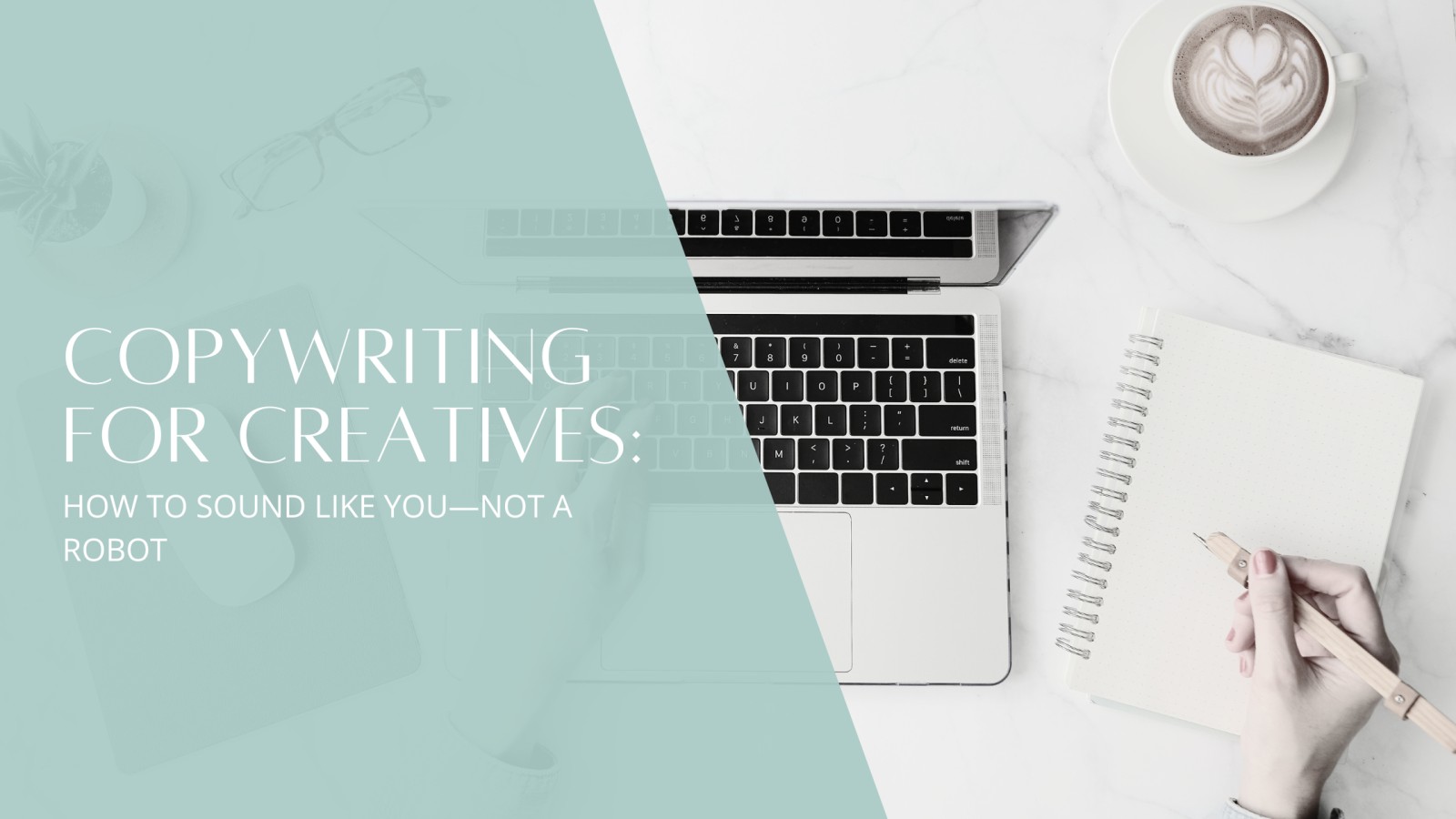
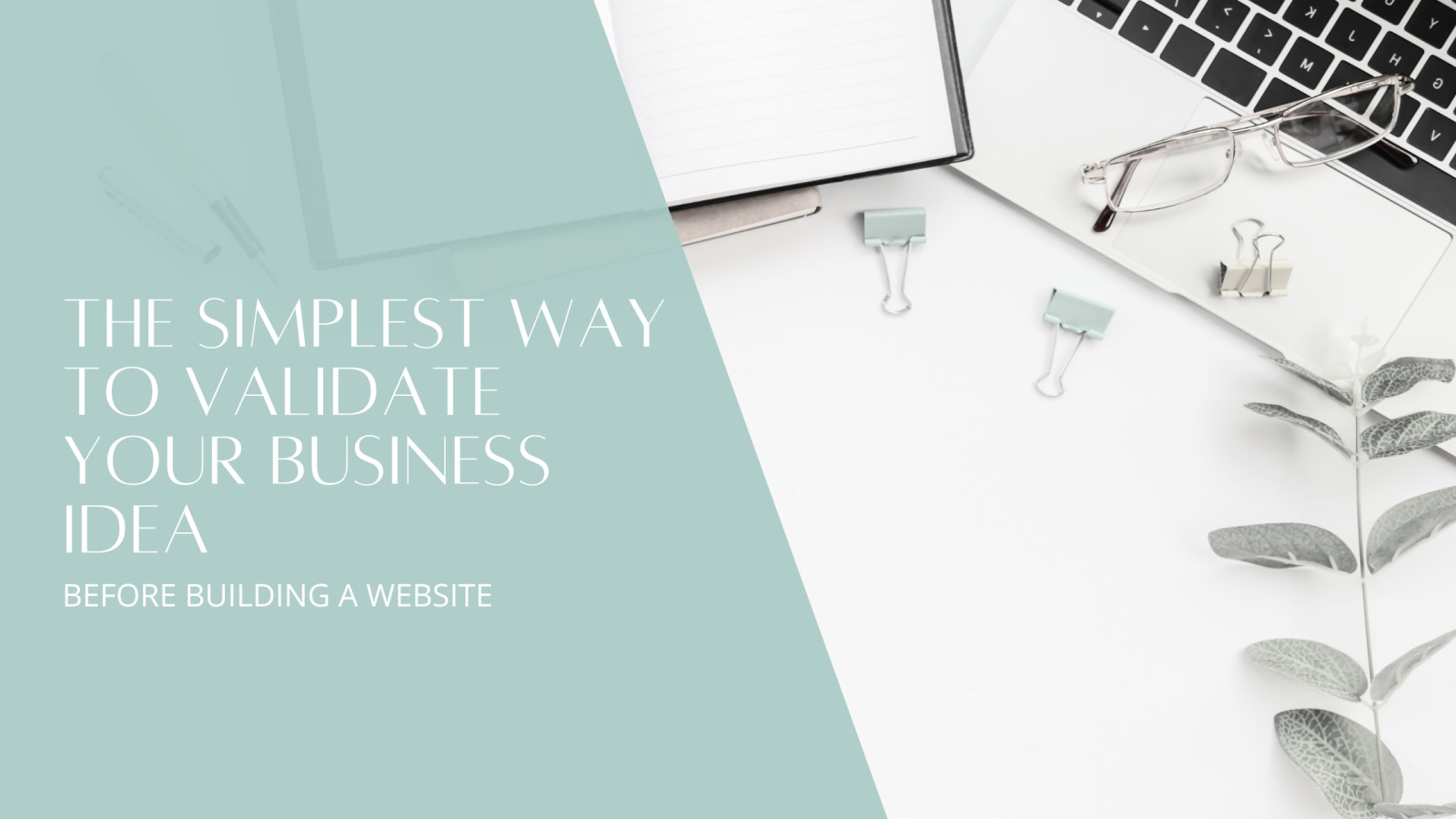
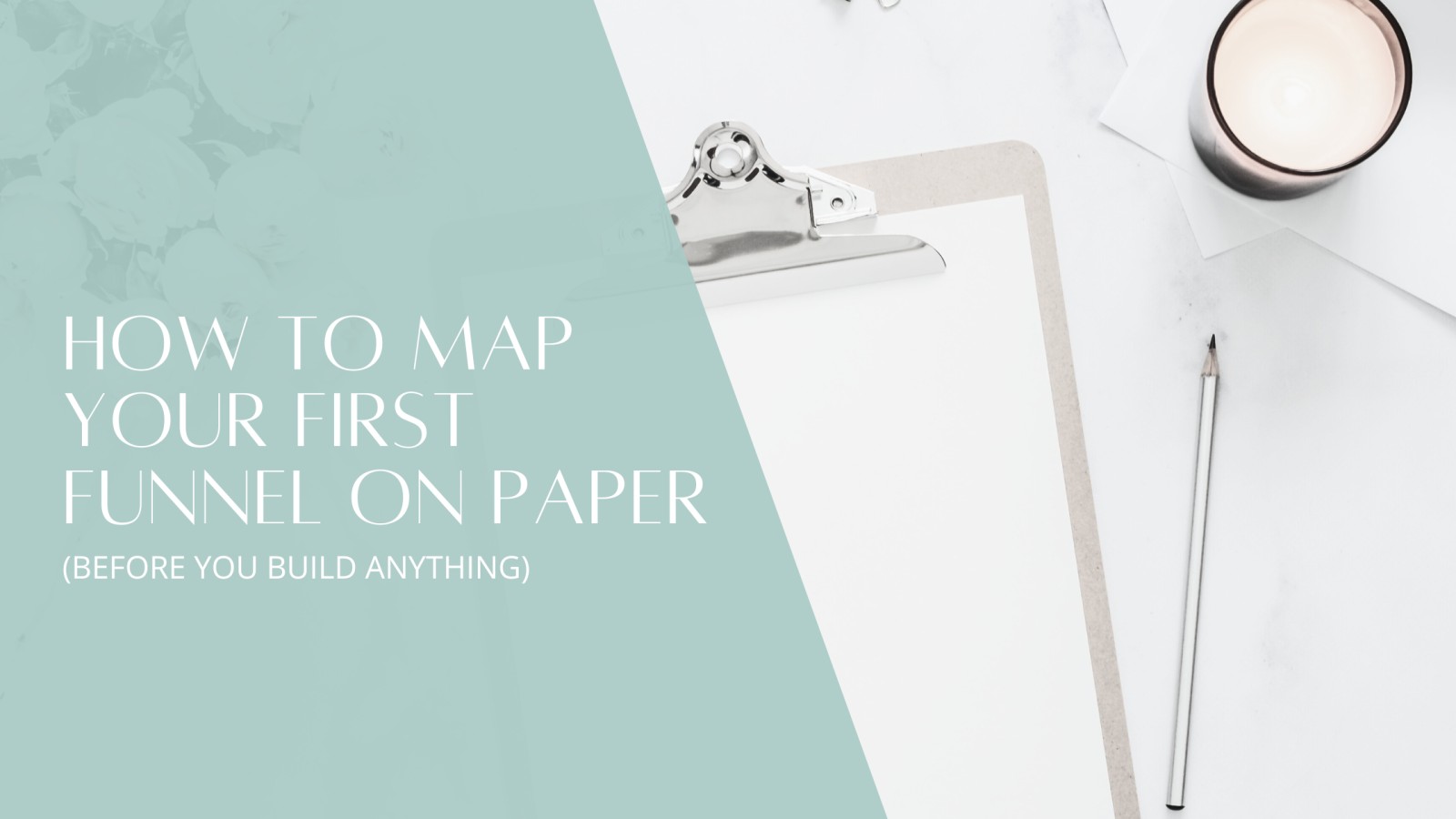

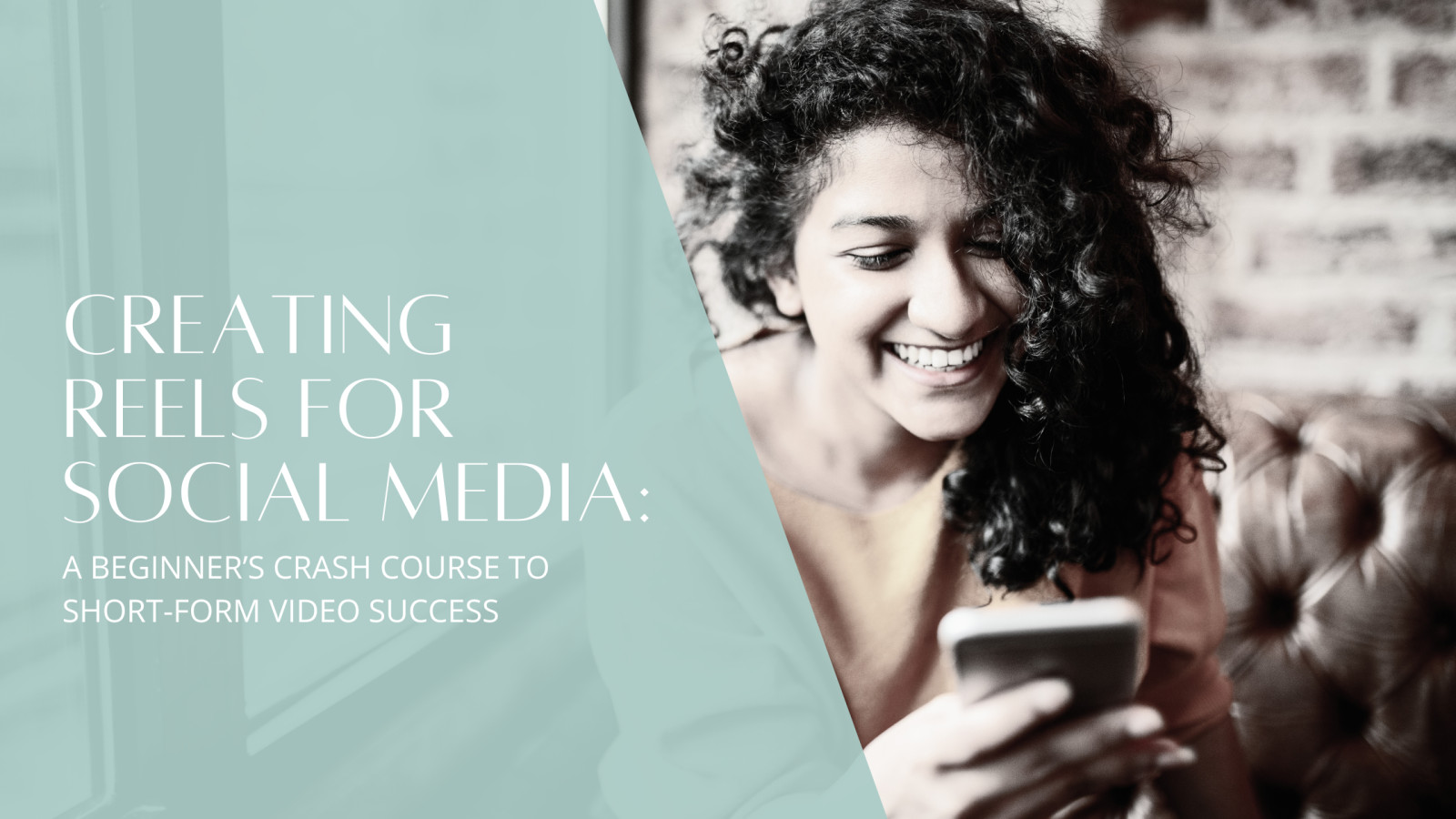
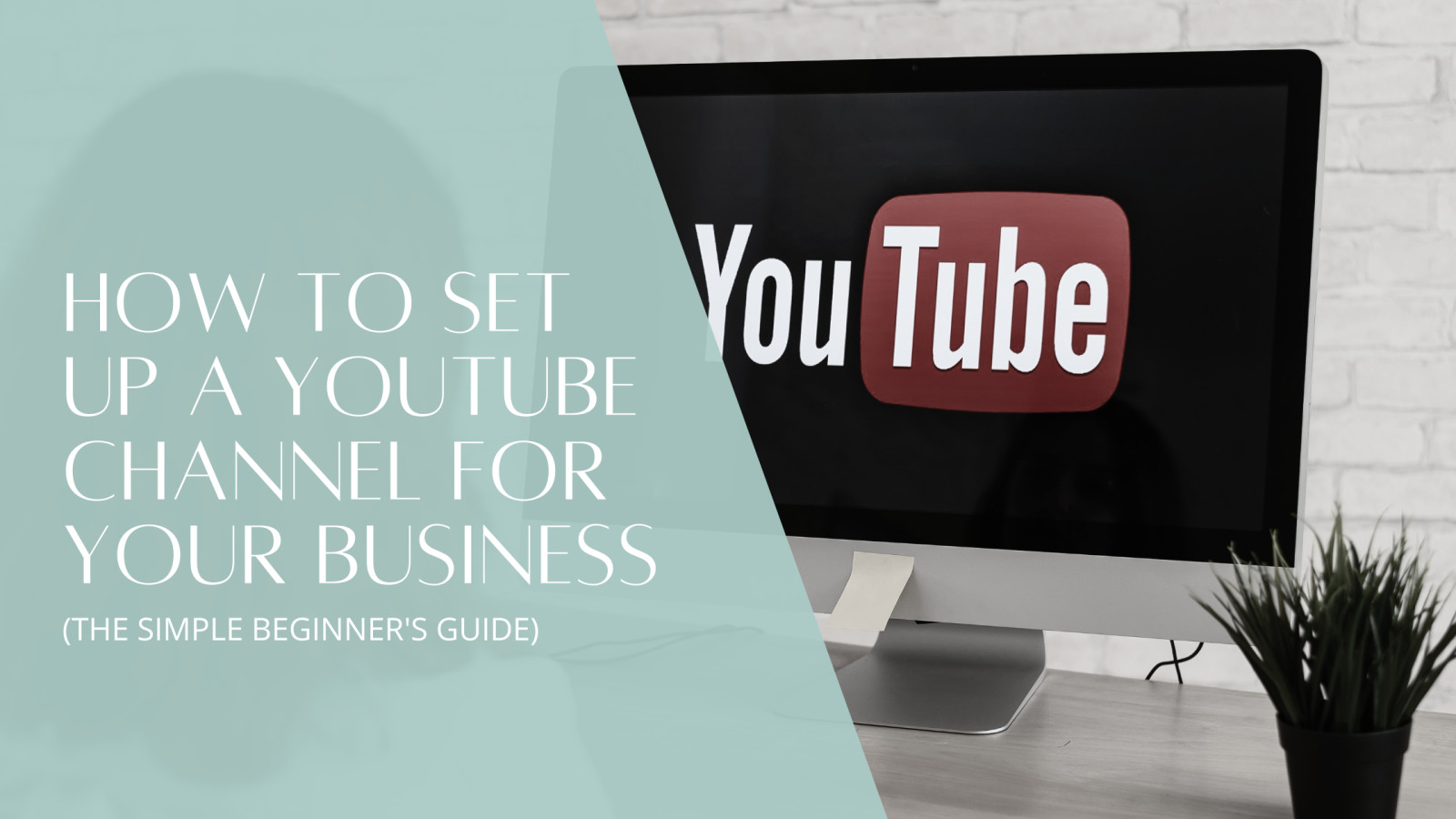
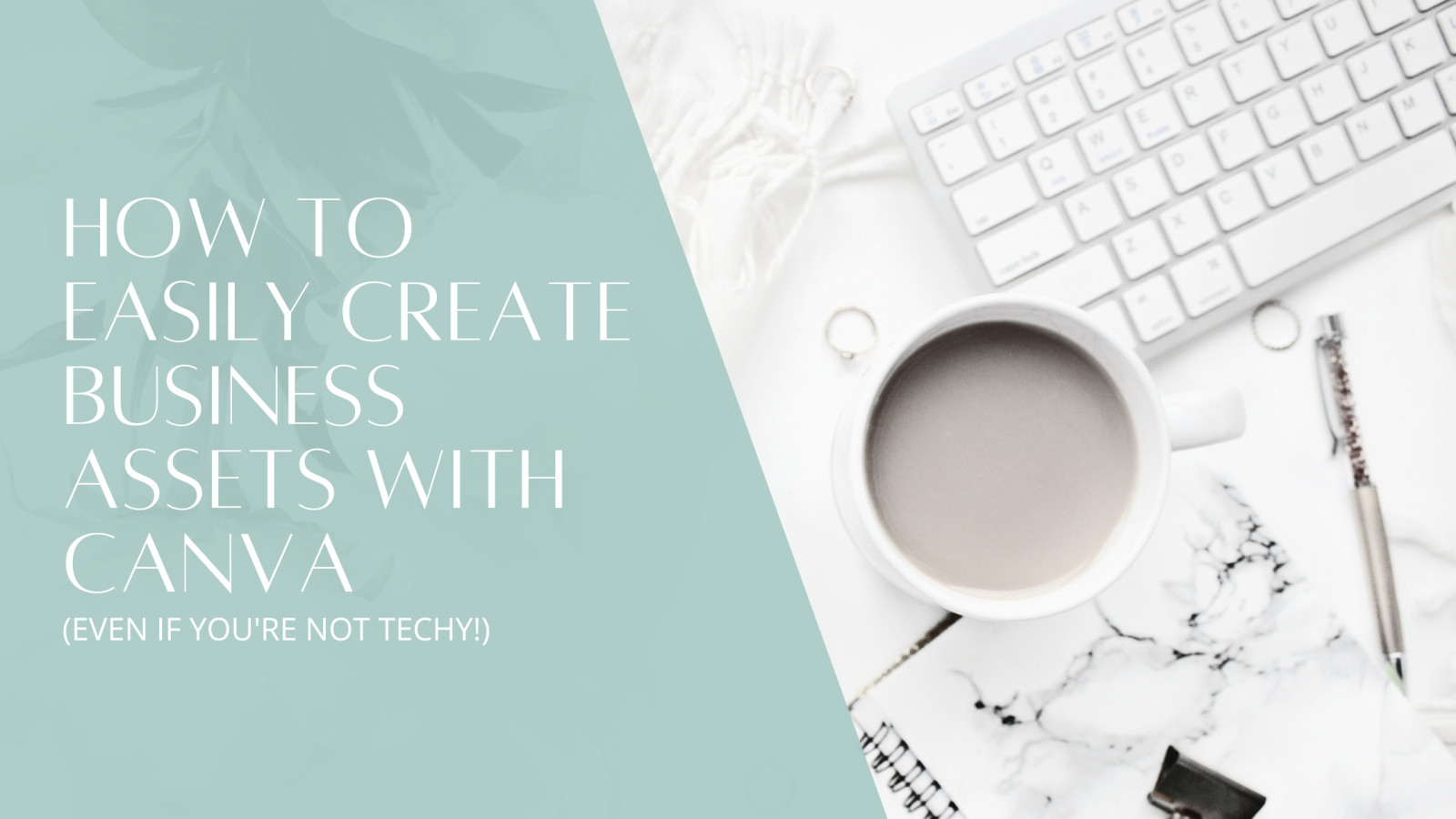

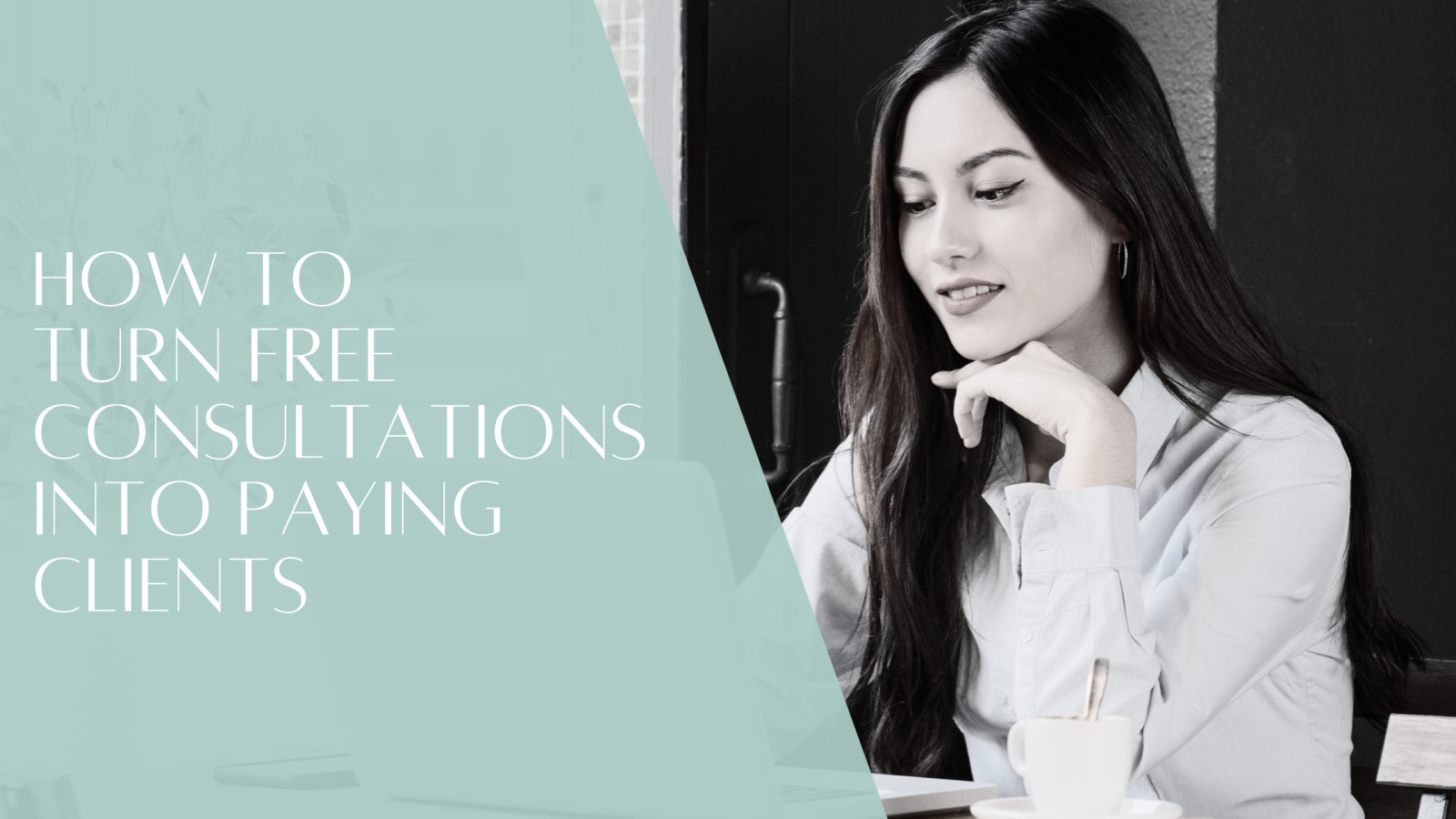








0 Comments